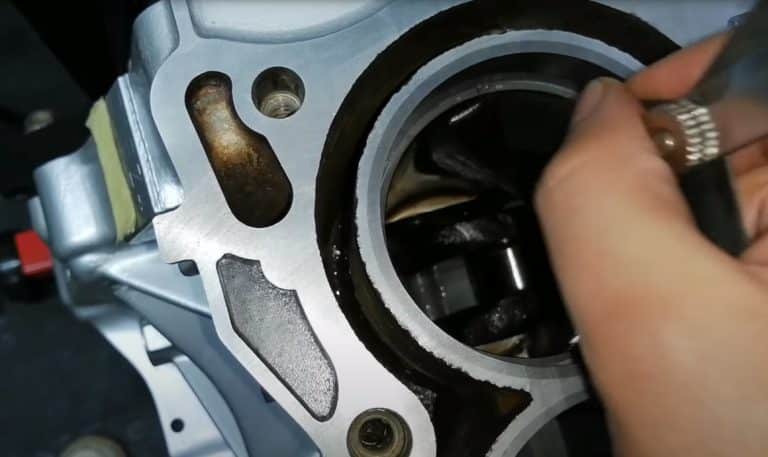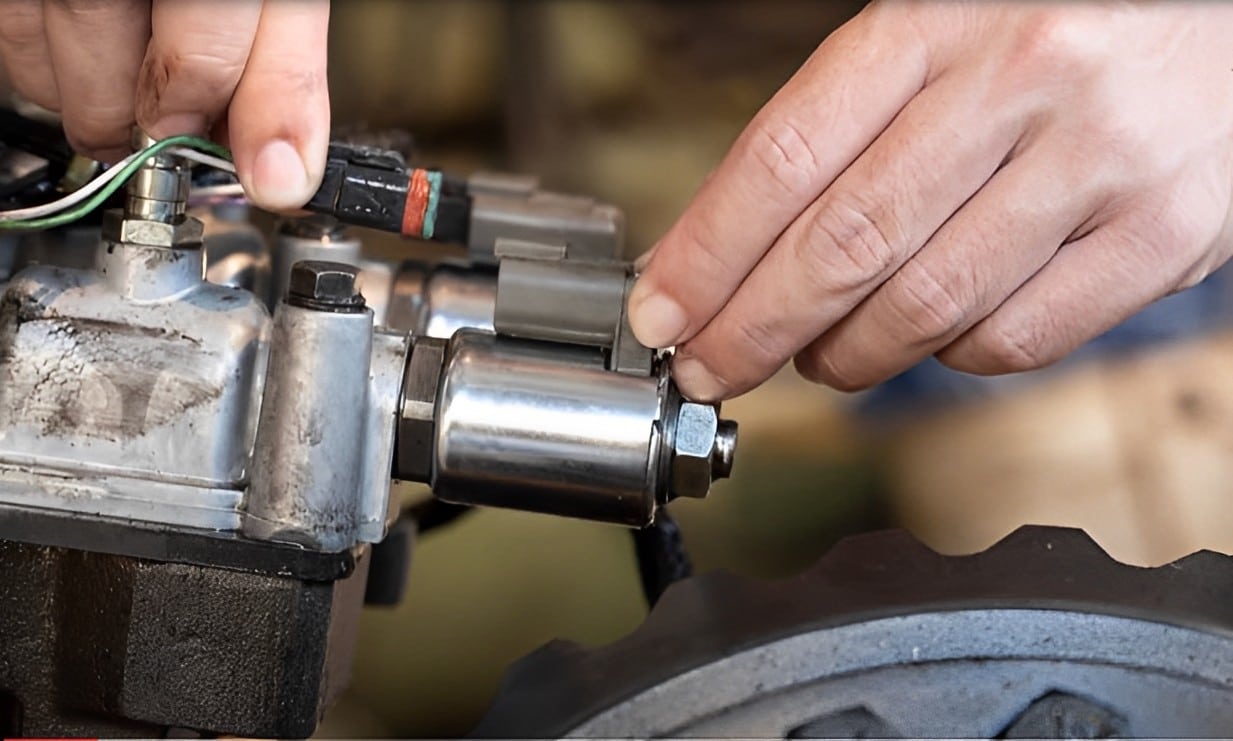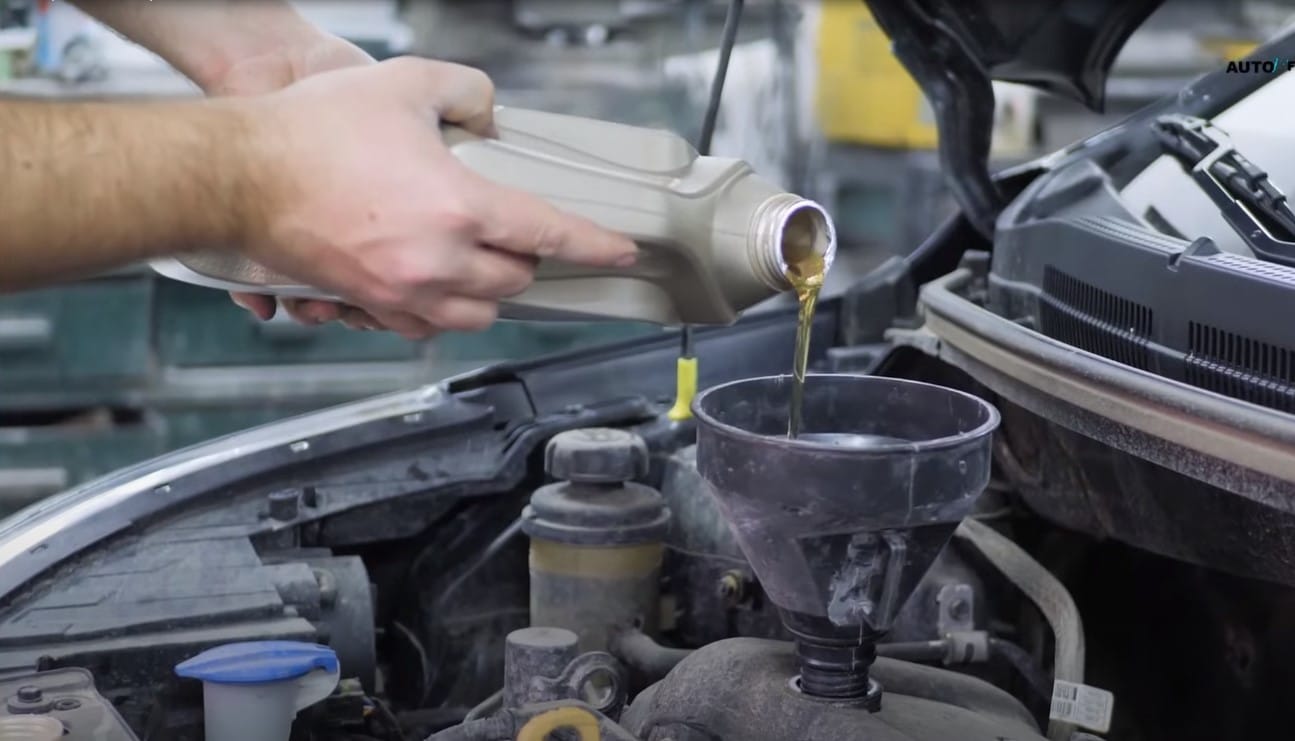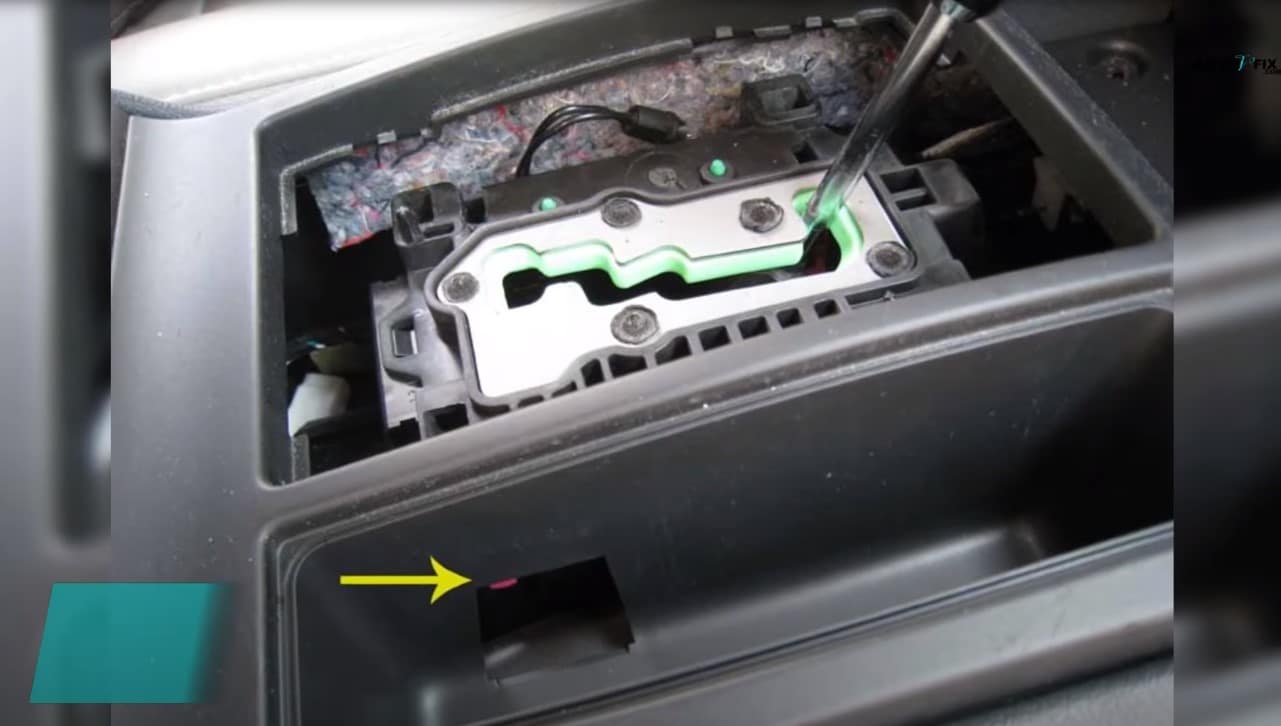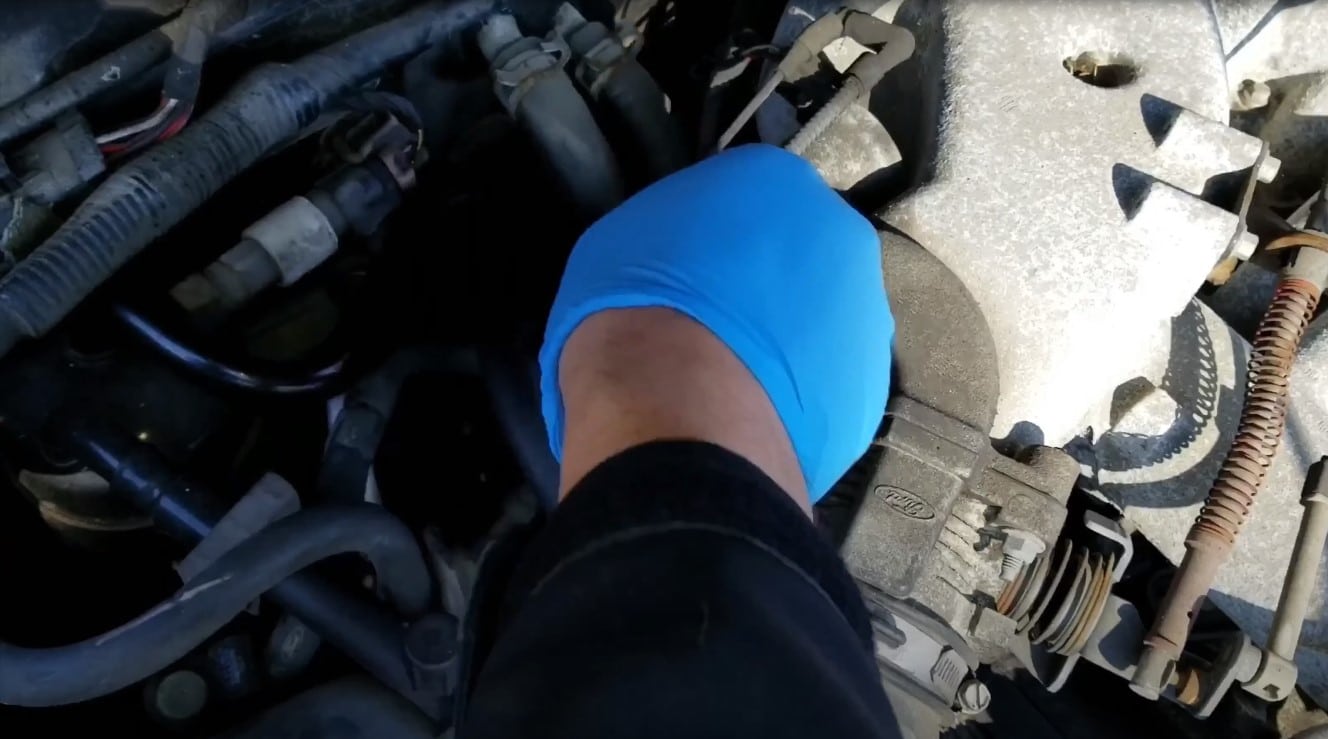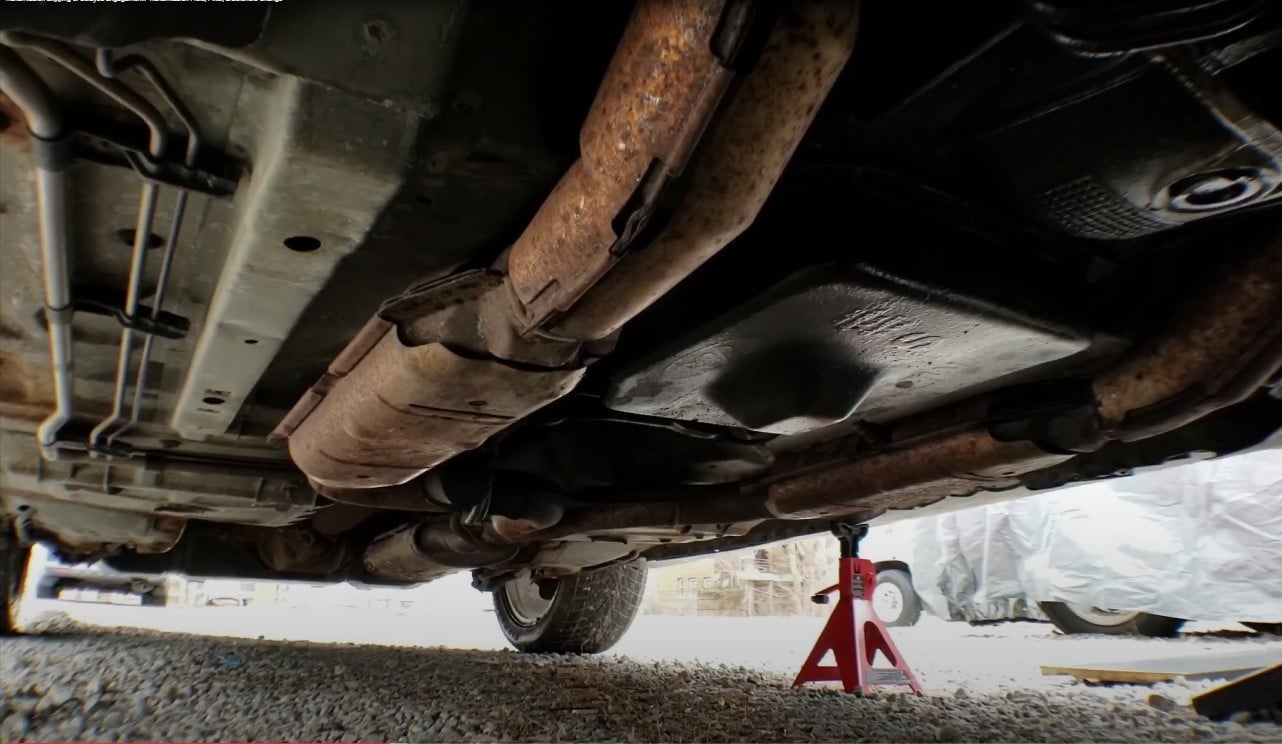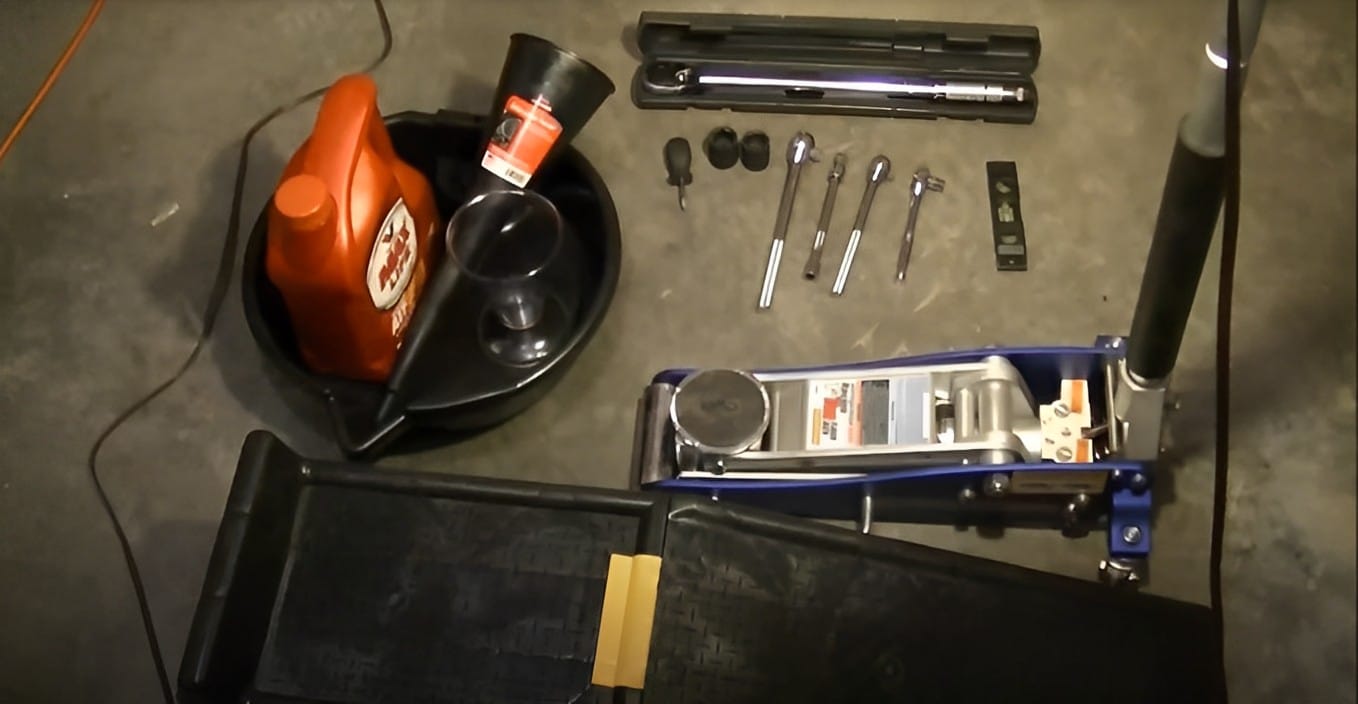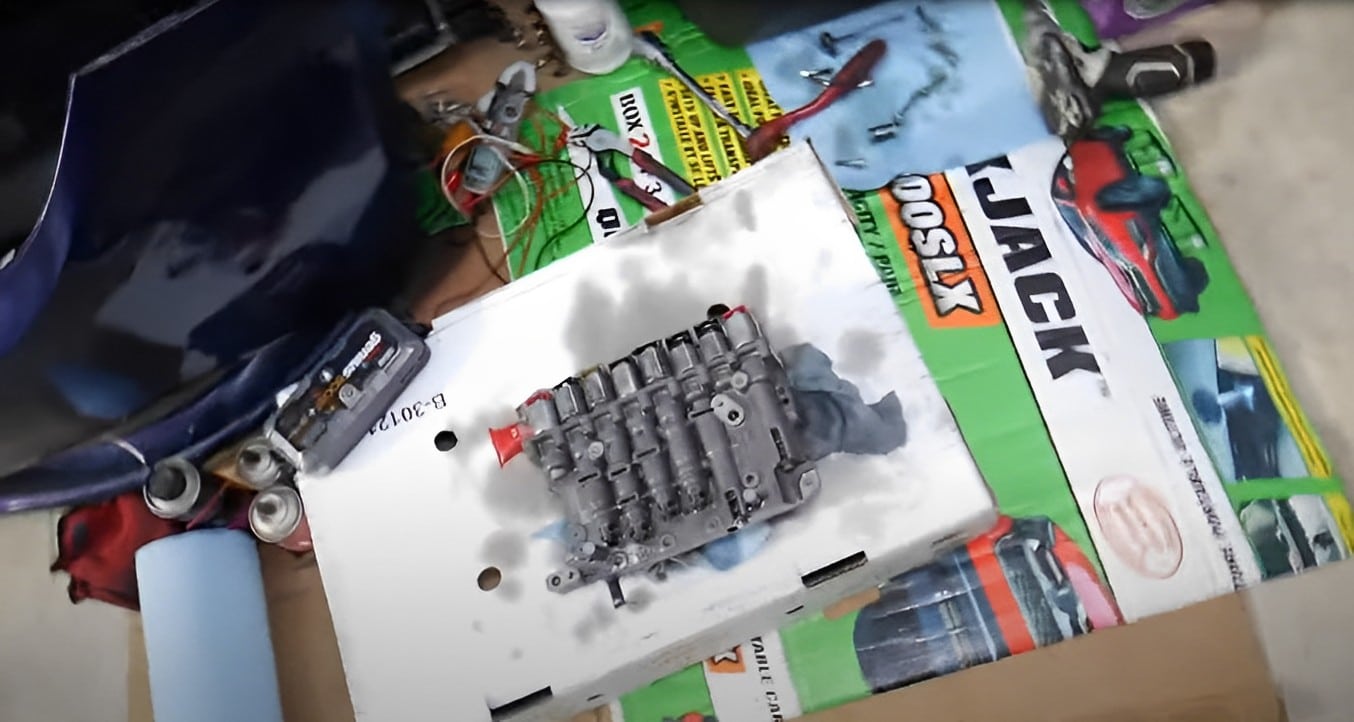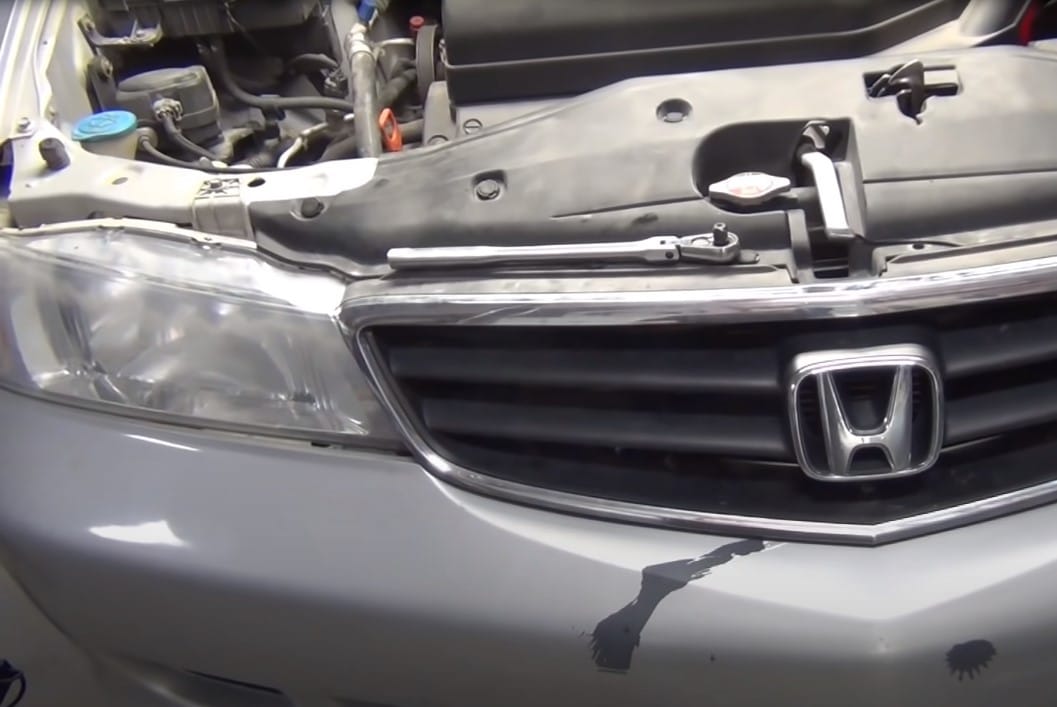“Does transmission fluid go bad?“ is a question that many car owners may ask themselves, especially if they are conscientious about vehicle maintenance. The answer, unfortunately, is not a simple one. Transmission fluid, like all lubricants, has a shelf life that is affected by a variety of factors. These include the type of fluid, the manufacturing date, the type of transmission, the mileage on the vehicle, and the level of maintenance it has received.
Neglecting to change the transmission fluid at the recommended intervals or using the wrong type of fluid can have negative impacts on the transmission system in the long run, leading to expensive repairs. In this article, we will explore the shelf life of transmission oil, signs that it may be time for a change, and the different types of transmission fluids available on the market.
Rich’s Auto Body Shop will also discuss the benefits of regular transmission fluid maintenance and how it can save car owners from unnecessary risks and expenses. So, whether you drive a mid-size sedan with an automatic transmission or a heavy-duty truck with a manual gearbox, read on to learn more about how to keep your transmission system running smoothly with the right lubrication.
Does Transmission Fluid Go Bad?
Does transmission fluid go bad is a question that many car owners may ask themselves. The answer is that transmission fluid can simply go bad over time, especially if it does not exceed more than 5 years from the date of manufacture.
However, it is rare for transmission fluid to “go bad” unless it has been neglected or contaminated by other fluids or particles in the transmission system. Dirty transmission fluid doesn’t flow properly, causing the transmission system to work harder than it should, which can lead to excessive wear and tear on the gears, bearings, and other components.
This can cause significant damage to the transmission system and result in costly repairs. Therefore, it’s important to keep an eye on the condition of your transmission fluid and change it at the recommended intervals to ensure your transmission system stays in good working order.
Signs of Bad Transmission Fluid
Transmission fluid is an essential component in the smooth functioning of your car’s transmission system. It lubricates the moving parts, cleans the system, and keeps it cool. However, like any other automotive fluid, it can become dirty, contaminated, or even go bad over time. When this happens, it can cause serious damage to your vehicle’s transmission system, leading to costly repairs. Below, we will discuss the signs of bad transmission fluid that you should look out for.
Burnt smell
A strong, burnt smell coming from the transmission fluid can indicate that it has overheated or become contaminated. Overheating can be caused by a variety of factors, such as driving in high temperatures or towing heavy loads. Contamination can occur when debris, dirt, or metal particles enter the transmission system.
Along with that, you should also learn about “Low Transmission Fluid Symptoms“
Discolored fluid
Transmission fluid should be a clear, bright red color. If it appears brownish or has a burnt smell, it may be time for a change. Discolored fluid can be caused by oxidation, which occurs when the fluid is exposed to high temperatures for prolonged periods of time. Dirty fluid can also cause discoloration, as debris and particles build up in the fluid and change its color.
Low fluid levels
Low fluid levels or leaks can cause the transmission to work harder than it should, leading to excessive wear and tear on the system. Low fluid levels can be caused by leaks in the transmission system or simply by neglecting to check and maintain the fluid levels in the vehicle.
Slipping or delayed shifting
If the transmission slips or delays when shifting gears, it may be due to low fluid levels, dirty fluid, or worn transmission components. Slipping can occur when the transmission fluid is unable to provide enough pressure to engage the gears properly. Delayed shifting can be caused by a variety of factors, such as a malfunctioning solenoid or a damaged clutch.
Unusual noises or vibrations
Unusual noises or vibrations when shifting gears can be a sign of worn or damaged components in the transmission system. Whining or grinding noises can indicate that the gears are not engaging properly, while vibrations can be caused by worn bearings or damaged shafts.
Transmission warning light
The transmission warning light on the dashboard may illuminate if there is a problem with the transmission system. The light can indicate a variety of issues, such as low fluid levels, overheating, or malfunctioning sensors. If the light comes on, it is important to have the transmission system inspected as soon as possible to prevent further damage to the vehicle.
Difficulty shifting gears
If the gears are difficult to shift or the transmission seems to be stuck in one gear, it may be a sign of low fluid levels or other transmission issues. Difficulty shifting can be caused by a variety of factors, such as worn or damaged gears, a malfunctioning clutch, or dirty fluid.
Erratic or rough shifting
If the transmission shifts erratically or roughly, it may be due to dirty fluid or worn transmission components. Erratic shifting can be caused by a variety of factors, such as a malfunctioning solenoid or a damaged valve body. Rough shifting can be caused by worn gears or clutch plates.
Transmission is Overheating
Overheating is another common symptom of bad transmission fluid. As the fluid deteriorates or becomes contaminated, it loses its ability to cool the transmission system. This can cause the system to overheat, leading to serious damage to your transmission. If you notice that your transmission is overheating, it’s important to check your fluid level and condition immediately.
If you notice any of these signs, it’s important to have your transmission fluid checked and serviced by a qualified technician to avoid further damage to your vehicle’s transmission system.
Factors That Affect Transmission Fluid Lifespan
Transmission fluid is a vital component of any vehicle with an automatic transmission. It lubricates the transmission’s moving parts and helps to transfer power from the engine to the wheels. The lifespan of transmission fluid can vary depending on several factors, including:
Driving Conditions
Driving conditions can have a significant impact on the lifespan of transmission fluid. For example, if you frequently drive in heavy traffic, drive in hilly or mountainous regions, or frequently tow heavy loads, your transmission is under increased stress, which can cause the fluid to break down faster. This is because the transmission is working harder and generating more heat, which can cause the fluid to degrade more quickly.
Vehicle Age
The age of your vehicle can also impact the lifespan of the transmission fluid. Over time, seals and gaskets can wear out, causing leaks that can contaminate the fluid. If the fluid is not changed promptly, it can lead to further degradation, and eventually, damage to the transmission. Furthermore, older vehicles may have a higher likelihood of rust and corrosion, which can contaminate the fluid and cause it to break down faster.
Fluid Quality
The quality of the transmission fluid can also affect its lifespan. Higher quality synthetic fluids tend to last longer than conventional fluids, as they are better able to withstand high temperatures and resist breaking down over time. Using a lower-quality fluid may cause it to break down faster, leading to costly repairs down the line.
Maintenance
Regular maintenance is critical to prolonging the lifespan of transmission fluid. Neglecting regular maintenance, such as not changing the fluid at recommended intervals or ignoring signs of transmission problems, can cause the fluid to degrade faster. It is essential to follow the manufacturer’s recommended maintenance schedule to ensure your transmission is in good condition and to catch any potential problems early.
Driving Style
Driving style can also affect the lifespan of transmission fluid. Aggressive driving, such as rapid acceleration and hard braking, puts more stress on the transmission, causing the fluid to break down faster. Additionally, driving at high speeds or revving the engine excessively can also cause the fluid to degrade more quickly.
Contamination
Contaminants can enter the transmission system and cause the fluid to break down faster. Dirt, debris, or metal particles can enter through worn-out seals, gaskets, or from wear and tear on internal transmission parts. Contamination can cause the fluid to lose its lubricating properties and lead to damage to the transmission.
Manufacturer Specifications
Finally, it is essential to follow the manufacturer’s recommended specifications for transmission fluid. Using the wrong type of fluid or not changing the fluid at the recommended interval can lead to problems with the transmission, cause the fluid to break down faster, and lead to costly repairs. Be sure to check your owner’s manual for the correct type of fluid and maintenance schedule for your vehicle.
In summary, the lifespan of transmission fluid can vary depending on several factors, including driving conditions, vehicle age, fluid quality, maintenance, driving style, contamination, and manufacturer specifications. By staying on top of regular maintenance and following the manufacturer’s recommended guidelines, you can help prolong the life of your transmission fluid and avoid costly repairs down the line.
How Often Should Transmission Fluid Be Changed?
Transmission fluid is a vital component of any vehicle with an automatic transmission, and it is essential to maintain it to ensure the longevity of the transmission system. The frequency at which transmission fluid should be changed varies depending on several factors, including the vehicle’s make and model, driving conditions, and the type of fluid used. However, as a general guideline, most manufacturers recommend changing the transmission fluid every 30,000 to 60,000 miles.
Regular fluid changes help to remove any contaminants that may have entered the system and keep the fluid in good condition. Neglecting to change the transmission fluid at the recommended intervals can cause it to break down, potentially leading to costly repairs down the line. Be sure to check your owner’s manual or consult with a trusted mechanic to determine the best maintenance schedule for your specific vehicle.
The Consequences of Not Changing Transmission Fluid
Not changing your transmission fluid at regular intervals can lead to a range of problems that affect the performance, reliability, and longevity of your vehicle’s transmission system. Here are some of the more detailed consequences of neglecting to change your transmission fluid:
Reduced Lubrication
Transmission fluid acts as a lubricant, reducing friction between the transmission’s moving parts. However, over time, the fluid breaks down and loses its lubricating properties, which can cause increased friction, wear, and damage to the transmission’s internal components. This can result in a range of problems, such as difficulty shifting gears, noisy operation, and even transmission failure.
You should find more useful knowledge about “Transmission Problems Signs”
Overheating
One of the critical roles of transmission fluid is to regulate temperature and cool the transmission. As the fluid ages, it can become less effective at dissipating heat, causing the transmission to overheat. Overheating can lead to a further fluid breakdown, damage to internal components, and even transmission failure.
Contamination
Transmission fluid can become contaminated with dirt, debris, and other particles over time. These contaminants can clog the transmission’s fluid passages, leading to reduced fluid flow and increased wear on internal components. Contamination can also cause the transmission’s valves and solenoids to stick or malfunction, leading to further problems.
Slipping Gears
When transmission fluid breaks down or becomes contaminated, it can cause the transmission to slip between gears. This can result in delayed or erratic shifting, which can be dangerous when driving in traffic or on the highway. Slipping gears can also cause the transmission to overheat, leading to further damage and potentially expensive repairs.
Expensive Repairs
Neglecting to change the transmission fluid can result in costly repairs or even transmission failure. In severe cases, the entire transmission may need to be replaced, which can be a very expensive repair. Regularly changing the transmission fluid can help prevent these problems and extend the life of your transmission.
In conclusion, changing your transmission fluid at regular intervals is essential for the smooth and reliable operation of your vehicle’s transmission system. By following the manufacturer’s recommended maintenance schedule and having the fluid changed by a qualified mechanic, you can help ensure your transmission system remains in good working order and avoid costly repairs down the line.
FAQs about Does Transmission Fluid Go Bad?
Does transmission fluid have a shelf life?
The shelf life of transmission fluid is a common concern for many vehicle owners, particularly those who do not use their vehicles frequently. According to known oil specialists and lubrication laboratory testing, a non-used or non-opened lubricant, engine oil, ATF, transmission fluid, grease, gear oil, transfer case fluid, coolant, or antifreeze product has no expiration date. This means that if you have a sealed bottle of transmission fluid that has not been opened, it should remain effective and usable indefinitely.
Does transmission fluid go bad if not used?
The shelf life of transmission fluid is a common question for those who have vehicles that are not frequently used. Generally, transmission fluid that has not been used can last for a long time, but it does have an expiration date. Commonly, the shelf life of transmission fluids does not exceed more than 5 years from the date of manufacture. However, this period is specified for tightly closed and sealed (and stored under recommended conditions) products.
Does automatic transmission fluid get old?
Yes, automatic transmission fluid does get old over time. Like other vital automotive fluids, transmission fluid deteriorates over time due to exposure to heat, moisture, and other contaminants. Hard use, such as frequent stop-and-go city driving, hauling heavy loads, and trailer towing, will accelerate the deterioration process.
As transmission fluid ages, it can become contaminated with dirt, metal particles, and other debris that can cause damage to the transmission’s internal components. It can also lose its lubricating properties, which can lead to increased friction and wear.
Is it better to flush or drain transmission fluid?
When it comes to maintaining your vehicle’s transmission, it’s generally recommended to have a flush done instead of just a drain and refill. A flush involves using a specialized machine to remove all the old fluid and debris from the transmission and replace it with fresh, clean fluid. This method ensures that all of the old fluid and debris is completely removed from the transmission, providing better lubrication and protection for the transmission components.
Will changing transmission fluid make it worse?
Changing transmission fluid will not cause damage by itself if the transmission is in good condition. However, if the clutches are already worn or damaged from use, changing the fluid can cause slipping. Therefore, it’s important to assess the condition of the transmission before changing the fluid to avoid any potential issues. If the transmission is in good condition, changing the fluid regularly can help maintain optimal transmission performance.
How many times should you flush transmission fluid?
The frequency of transmission fluid flushes recommended by manufacturers varies, but most recommend that it be done every 30,000 to 50,000 miles. However, it is important to note that driving conditions can affect how often you should flush the transmission fluid. For example, vehicles that are used for towing or heavy-duty driving may require more frequent flushes. It’s always best to consult the vehicle owner’s manual or a trusted mechanic for specific recommendations on when to flush the transmission fluid.
Can I add transmission fluid without flushing?
Adding transmission fluid without flushing is a temporary fix and won’t protect your transmission for too long. While it may work as a quick solution, it is not the best way to ensure the longevity of your vehicle. A complete fluid flush and replacement is the best way to maintain the health of your transmission and extend the lifespan of your vehicle.
What Colour is bad transmission oil?
The color of the transmission fluid can indicate the health of your transmission. Healthy fluid is usually clear or pink in color. If the fluid is dark brown, it is likely burnt from overheating, which can cause damage to the transmission. If the fluid is deep red or brown, it may be old and contaminated, causing further damage to the transmission. It is recommended to have your transmission fluid checked regularly and changed at the recommended intervals to maintain the health of your transmission.
Should transmission fluid be thin or thick?
The ideal viscosity of transmission fluid should be thin, less viscous than motor oil, but not too thin. It is essential to use the right type of fluid recommended by the manufacturer to ensure optimal performance. If the fluid is too thick or sluggish, it can cause difficulty in shifting gears and decrease fuel efficiency.
Conclusion for Does Transmission Fluid Go Bad?
Does transmission fluid go bad? Yes, transmission fluid can go bad over time due to heat, friction, and contaminants. Regular maintenance such as checking and changing the fluid at the recommended intervals can help ensure the longevity of your transmission and prevent expensive repairs. It’s important to be aware of the signs of bad transmission fluid and address any issues promptly.
In conclusion, taking care of your vehicle’s transmission is crucial to keeping it running smoothly. Regular maintenance and fluid changes can save you from expensive repairs down the road. If you suspect that your transmission fluid may be going bad, don’t hesitate to have it checked by a professional. And don’t forget to share this post with your friends, car enthusiasts, drivers, vehicle owners, and neighbors to help spread the word about the importance of transmission maintenance.

William Moore is an automotive specialist with two decades of experience, ready to give your car the care it needs. He understands all facets of auto maintenance and repair, from oil changes to brake jobs. Working with the latest tools and technologies, he provides complete service on all makes and models of cars. With his attention to detail and commitment to quality workmanship, you can expect excellent results.
